Silage eye: The introduction of silage supplementation at grass or indoors has triggered some cases of an ailment commonly known as silage eye or ocular listeriosis. The ailment is generally characterised by sheep displaying sore, watery eyes and temporary blindness. Characteristic symptoms are animals appearing with watery eyes which have a cloudy appearance on closer inspection on top of the eye. Affected sheep can often be seen opening and closing their eyes more often or possibly with swollen or closed eyes. As is to be expected, sheep will be frightened and easily startled if separated from close physical contact with other sheep. The ailment is usually triggered by sheep eating silage in round feeders and at close contact with other sheep, with some reports suggesting that sheep burrowing their heads into a bale can be increase the incidence in comparison to sheep eating indoors. The ailment is usually associated with sheep eating mouldy silage and can spike in cold windy conditions, much like the weather we have experienced in recent weeks.
If left untreated it can lead to long-term blindness. Treatment advice from vets typically includes administering an eye ointment or an antibiotic and anti-inflammatory injection into the tissue around the eye. Take care not to use anti-inflammatories without the advice of your vet as incorrect administration can trigger an abortion.
The disease risk can be minimised by avoiding feeding mouldy silage and good trough management to prevent mould developing on stale feed.
Soil analysis: Now is a good time to assess how swards have performed in 2020 and to start planning for 2021. It will not have been hard for most mid-season flocks to hit the targets of 80% of the grazing area closed by mid-December, with the remaining 20% used to carry ewes into late December/early January.
Soil fertility is a cornerstone of grassland productivity and soil samples should be taken every three to five years. Samples cost in the region of €15 to €25, with their cost more than covered by the value of information received. To get an accurate reading, samples should not be taken where organic manures or chemical phosphorus or potassium fertiliser has been applied in the previous three-month period. Samples should be taken in a W shape taking care to avoid areas that are uncharacteristic of the field such as supplementary feeding points, gate entry points etc and to avoid mixing samples with a significant difference in soil type. The advice is to collect over 20 soil cores per sample and to take a soil sample every 2-4ha, or 5-10ac, while the maximum area recommended is 5-8ha across uniform areas.
Sheep census: The sheep census portal will be live from Thursday 31 December, the date set for the 2020 head count. Farmers have the option of ticking a box that allows their details to be shared with Sheep Ireland. Farmers are being advised to tick this box and in doing so they will receive a Sheep Ireland guide and directory of LambPlus breeders in the post for free.
Happy Christmas: I would like to take this opportunity to wish all readers and their families an enjoyable and safe Christmas. Hopefully, 2021 will be a more normal year not blighted by COVID-19.
Silage eye: The introduction of silage supplementation at grass or indoors has triggered some cases of an ailment commonly known as silage eye or ocular listeriosis. The ailment is generally characterised by sheep displaying sore, watery eyes and temporary blindness. Characteristic symptoms are animals appearing with watery eyes which have a cloudy appearance on closer inspection on top of the eye. Affected sheep can often be seen opening and closing their eyes more often or possibly with swollen or closed eyes. As is to be expected, sheep will be frightened and easily startled if separated from close physical contact with other sheep. The ailment is usually triggered by sheep eating silage in round feeders and at close contact with other sheep, with some reports suggesting that sheep burrowing their heads into a bale can be increase the incidence in comparison to sheep eating indoors. The ailment is usually associated with sheep eating mouldy silage and can spike in cold windy conditions, much like the weather we have experienced in recent weeks.
If left untreated it can lead to long-term blindness. Treatment advice from vets typically includes administering an eye ointment or an antibiotic and anti-inflammatory injection into the tissue around the eye. Take care not to use anti-inflammatories without the advice of your vet as incorrect administration can trigger an abortion.
The disease risk can be minimised by avoiding feeding mouldy silage and good trough management to prevent mould developing on stale feed.
Soil analysis: Now is a good time to assess how swards have performed in 2020 and to start planning for 2021. It will not have been hard for most mid-season flocks to hit the targets of 80% of the grazing area closed by mid-December, with the remaining 20% used to carry ewes into late December/early January.
Soil fertility is a cornerstone of grassland productivity and soil samples should be taken every three to five years. Samples cost in the region of €15 to €25, with their cost more than covered by the value of information received. To get an accurate reading, samples should not be taken where organic manures or chemical phosphorus or potassium fertiliser has been applied in the previous three-month period. Samples should be taken in a W shape taking care to avoid areas that are uncharacteristic of the field such as supplementary feeding points, gate entry points etc and to avoid mixing samples with a significant difference in soil type. The advice is to collect over 20 soil cores per sample and to take a soil sample every 2-4ha, or 5-10ac, while the maximum area recommended is 5-8ha across uniform areas.
Sheep census: The sheep census portal will be live from Thursday 31 December, the date set for the 2020 head count. Farmers have the option of ticking a box that allows their details to be shared with Sheep Ireland. Farmers are being advised to tick this box and in doing so they will receive a Sheep Ireland guide and directory of LambPlus breeders in the post for free.
Happy Christmas: I would like to take this opportunity to wish all readers and their families an enjoyable and safe Christmas. Hopefully, 2021 will be a more normal year not blighted by COVID-19.




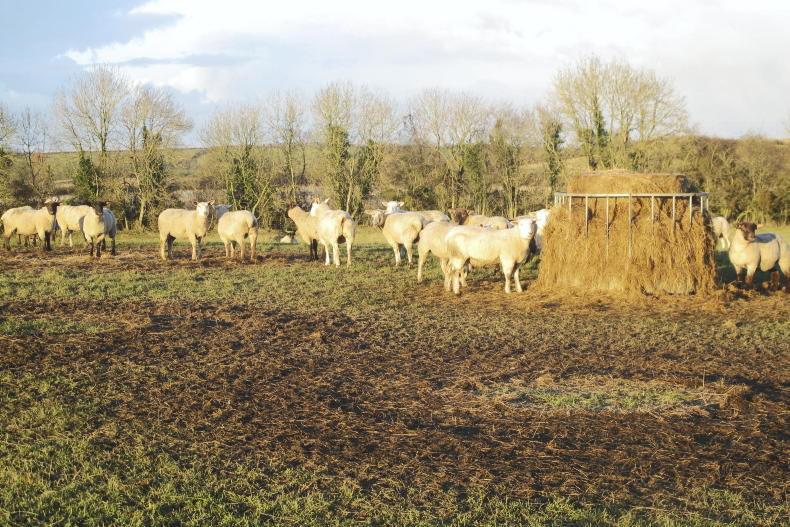
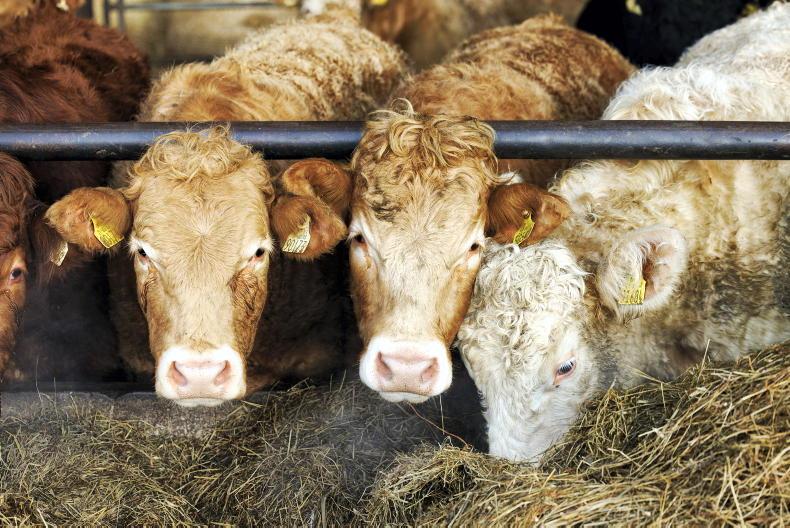

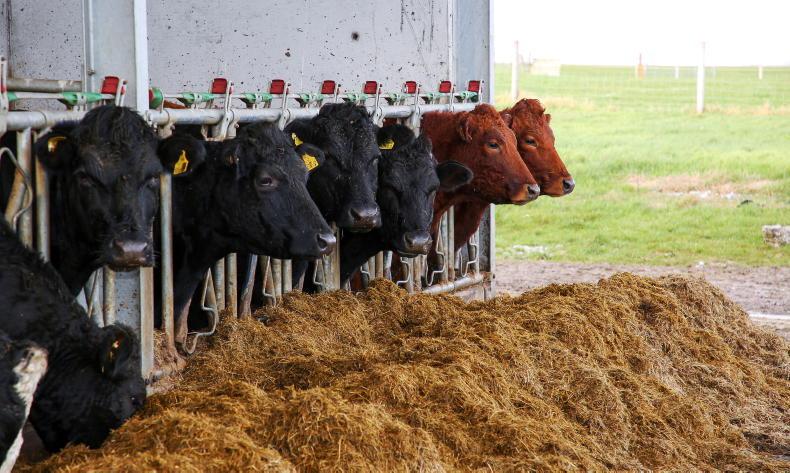
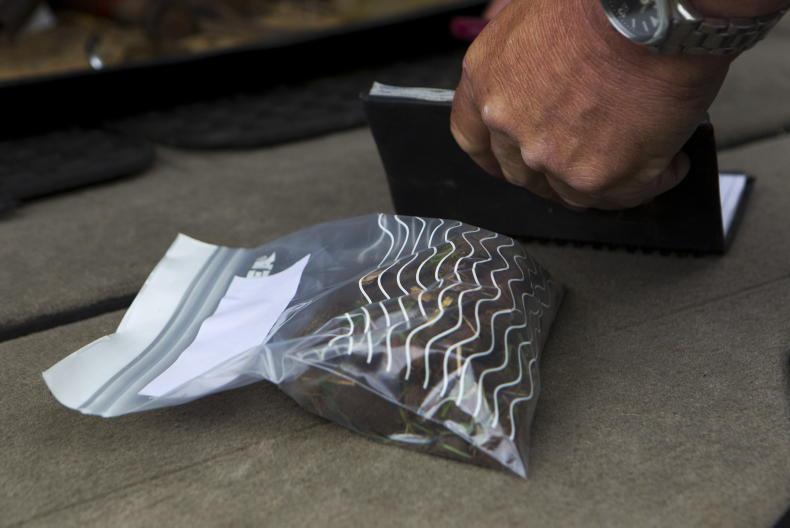
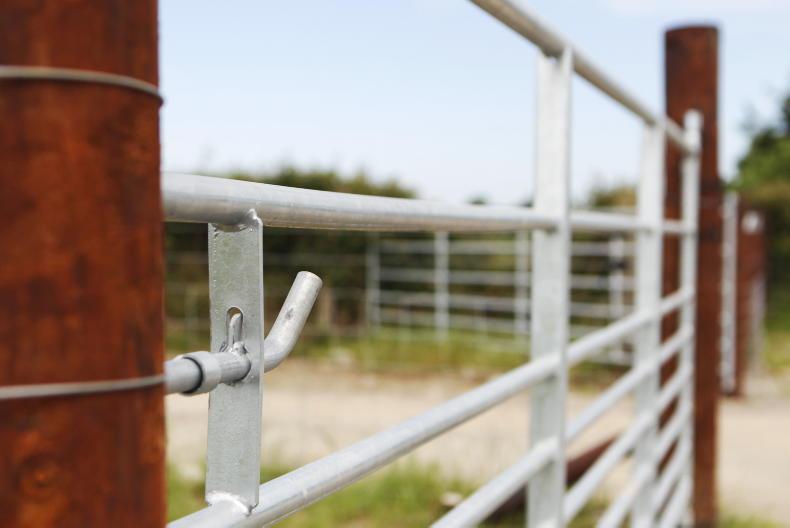
SHARING OPTIONS